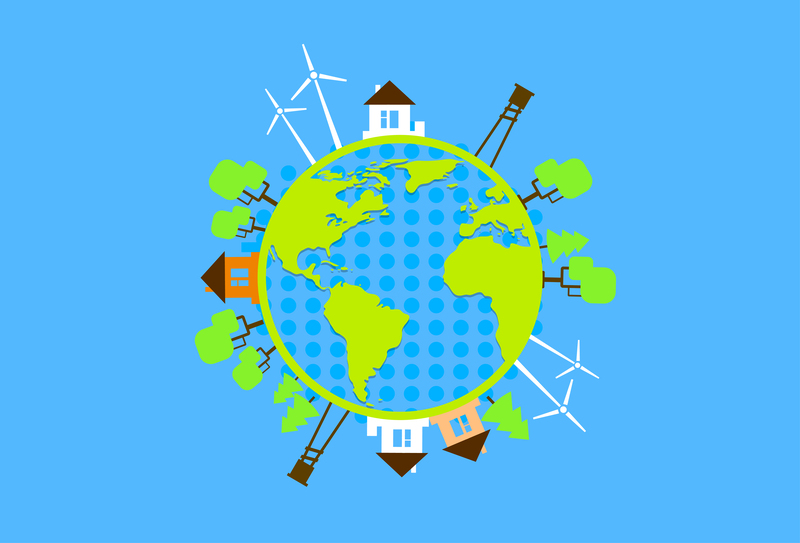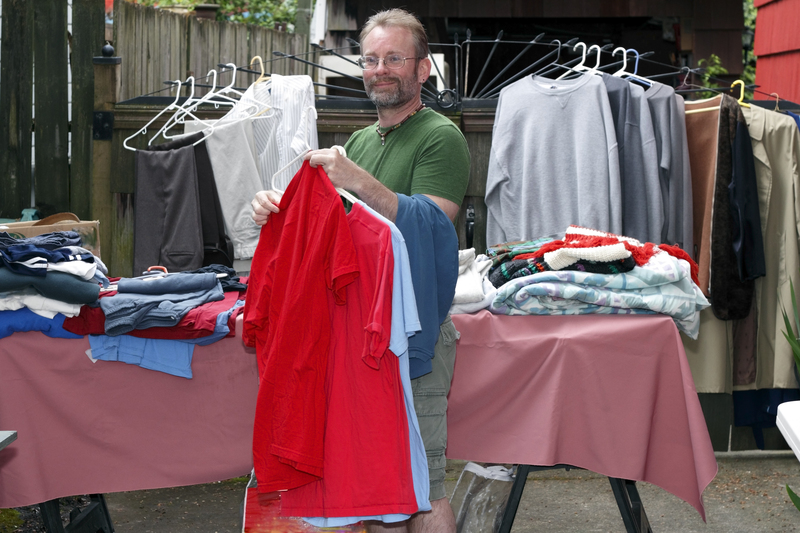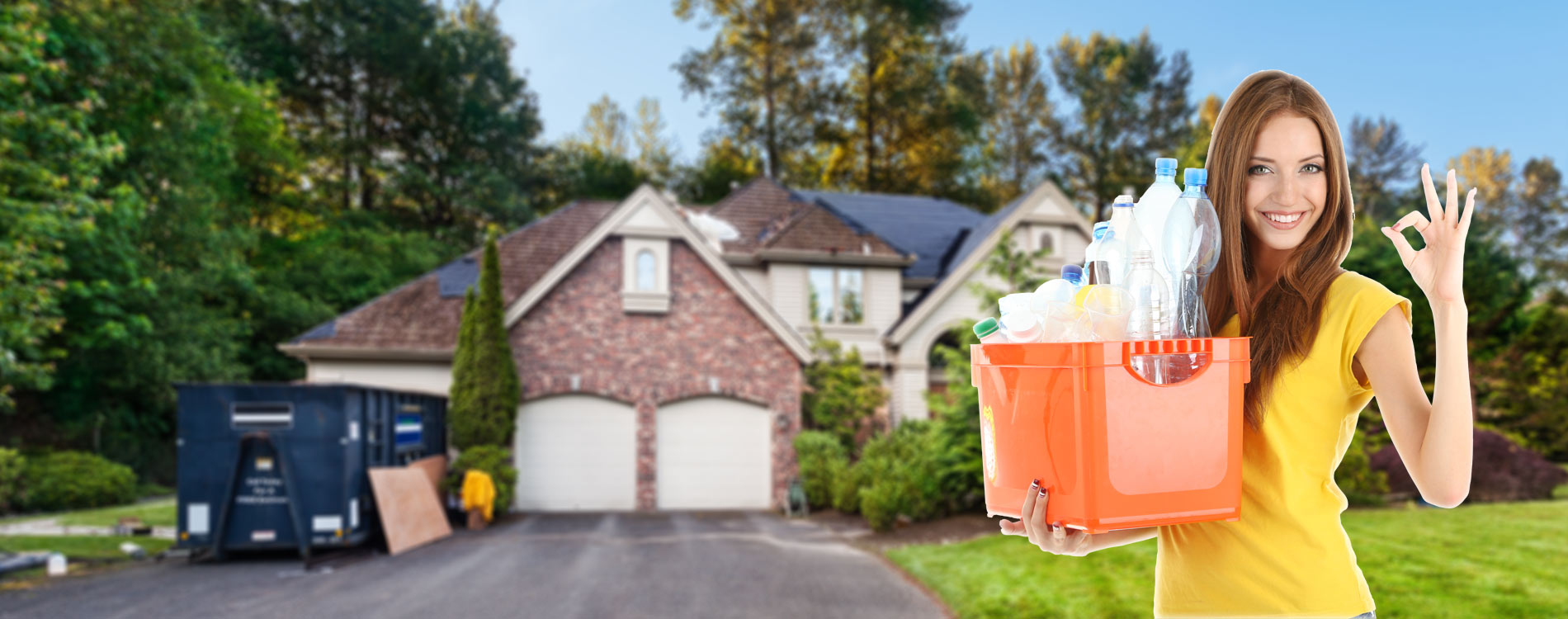Smart Ways to Separate Your Trash
Posted on 26/04/2025
Efficiently managing household waste is essential for environmental sustainability. The process of separating your trash correctly not only helps in reducing pollution but also aids in recycling efficiently. Below are detailed smart ways to separate your trash, along with tips, pros and cons, and key takeaways.
Understand the Types of Waste
Before diving into the separation process, it's crucial to understand the different types of waste. Broadly, waste can be classified into the following categories:
- Recyclables: Items like paper, cardboard, glass, and certain plastics.
- Organic waste: Food scraps, garden clippings, and other biodegradable materials.
- General waste: Non-recyclable items such as certain plastics and mixed materials.
- Hazardous waste: Batteries, electronic waste, and chemicals.

Set Up a System
Creating a waste management system at home can help you to efficiently separate your trash. Here's how you can set up a simple yet effective system:
- Designate distinct bins for each type of waste. Label them clearly for easy identification.
- Place the bins in accessible locations to encourage regular use.
- Use color-coded bags or bins for quick visual indication.
Recycling Tips
Recycling correctly can make a significant impact. Here are some useful tips to ensure you recycle properly:
- Rinse out any food or liquid residue from recyclables to prevent contamination.
- Keep paper and cardboard dry to maintain their recyclability.
- Check local guidelines for recyclable materials, as they can vary.
- Flatten cardboard boxes to save space in your bin.
Composting Organic Waste
Organic waste can be composted to create valuable fertilizer for gardens. Follow these steps for effective composting:
- Use a dedicated compost bin or heap in your garden.
- Mix green waste (e.g., fruit and vegetable scraps) with brown waste (e.g., leaves, paper).
- Turn the compost regularly to aerate it and speed up the decomposition process.
Handling Hazardous Waste
Hazardous waste requires special attention due to its potential to harm the environment and human health. Follow these guidelines:
- Identify hazardous materials such as batteries, electronics, and chemicals.
- Do not dispose of hazardous waste in the general trash bin.
- Take hazardous waste to designated collection points or recycling centers.
Pros and Cons of Waste Separation
Pros
- Reduces environmental pollution.
- Conserves natural resources by promoting recycling.
- Reduces landfill waste.
- Creates a cleaner and healthier living environment.
Cons
- Requires effort and discipline.
- Initial setup can be time-consuming.
- May require extra space for multiple bins.
- Potential for incorrect separation leading to contamination.
Tips for Effective Waste Separation
- Educate family members about the importance and methods of waste separation.
- Stay updated with local recycling programs and guidelines.
- Make it a habit and part of your daily routine.
- Encourage neighbors and the community to participate in waste separation efforts.

Key Takeaways
- Understanding the different types of waste is the first step towards proper separation.
- Setting up a waste separation system at home makes the process organized and efficient.
- Recycling, composting, and handling hazardous waste correctly contributes to a healthier environment.
- Despite some challenges, the benefits of waste separation far outweigh the cons.
Conclusion
Separating your trash is a simple yet impactful way to contribute to environmental sustainability. By understanding the different types of waste and setting up an efficient system, you can ensure proper disposal and recycling. While the process may require initial effort, the long-term benefits make it worthwhile. Implement these smart ways to separate your trash and play your part in creating a cleaner, greener world.

 020 3744 5712
020 3744 5712










